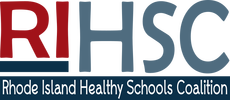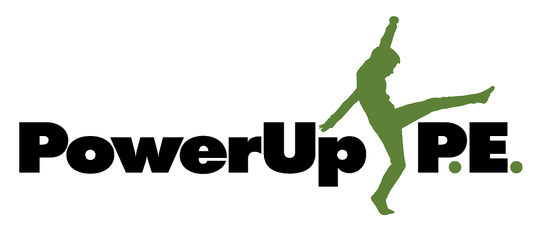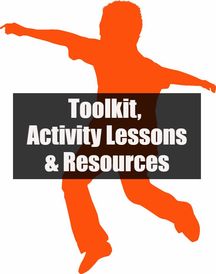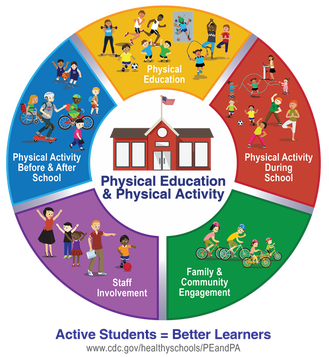|
Vertical Divider
Physical Education is an important part of a well-rounded education for students. It is the best opportunity to provide physical activity to all children and to teach them the skills and knowledge needed to establish and sustain an active lifestyle. The content and instruction for PE classes can vary but, as in all subjects, PE teachers need professional development to continually enhance their knowledge and learn how to implement new instructional strategies.
PowerUp PE is a series of evidence-based training materials and resources for Physical Education (PE) teachers to help elementary school students become more physically active. PowerUp PE offers training videos, an easy-to-access downloadable toolkit, age-appropriate activity lessons, interdisciplinary activities, and other resources designed to integrate more physical activity into school, all created with input from PE professionals to ensure their applicability and accessibility. PowerUp PE is easily integrated into any elementary Physical Education program, including ones with limited access to space, equipment and resources. |
Schools are in a unique position to help students attain the nationally recommended 60 minutes of daily physical activity for children and adolescents age 6 to 17 years. This should include a combination of aerobic, muscle-strengthening and bone-strengthening activity. Centers for Disease Control & Prevention (CDC) recommends a multi-component approach by which schools use all available opportunities for students to be physically active, meet the recommended daily minutes, and develop the knowledge, skills, and confidence to be physically active for a lifetime. This approach is referred to as a Comprehensive School Physical Activity Program (CSPAP), a fancy name for the simple concept of increasing physical activity opportunities for students before, during and after school. It includes high-quality Physical Education as the foundation and other opportunities such as recess, classroom activity breaks, interscholastic and intramural sports, before/after-school fitness programs and walk/bike to school programs. |
Materials have been adapted from PowerUp PE, developed by the Rhode Island Public Health Institute
through an Active Living Research grant from the Robert Wood Johnson Foundation.
through an Active Living Research grant from the Robert Wood Johnson Foundation.




